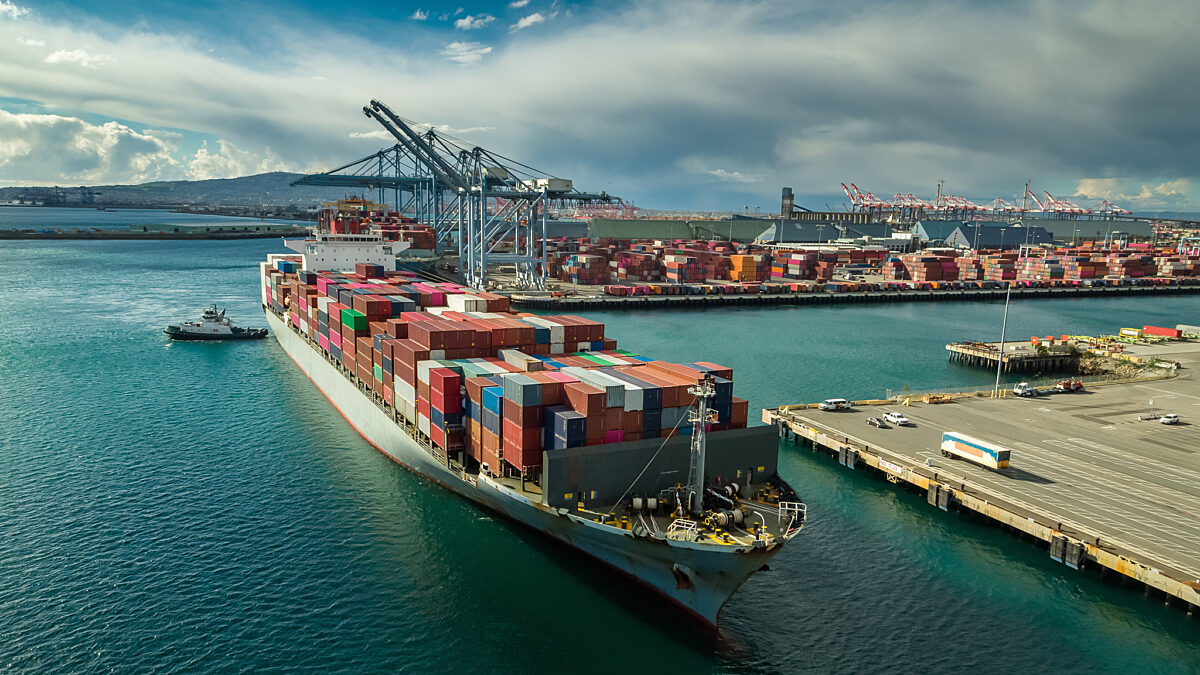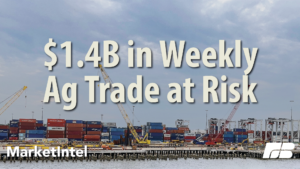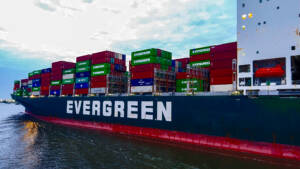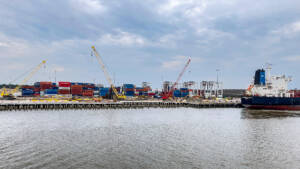Potential Port Strike Could Significantly Impact U.S. Ag Exports
Daniel Munch
Economist
Chad Smith
Associate News Service Editor, NAFB

photo credit: Getty
Daniel Munch
Economist
Chad Smith
Associate News Service Editor, NAFB
Approximately 85,000 port workers are scheduled to strike if they can’t reach a new contract agreement by September 30. Chad Smith has more on what this could mean for agriculture.
Smith: A potential workforce strike is looming at many ports on the East and Gulf Coasts. Danny Munch, an economist for the American Farm Bureau Federation, says the two sides are running out of time to avoid a work stoppage.
Munch: The International Longshoremen’s Association represents about 85,000 port workers, and they're threatening to go on strike against the United States Maritime Alliance, which represents about 40 ocean carriers and terminal operators. Both parties are in a contract, which ends September 30, and the union is demanding wage increases, better benefits, and protections against automation.
Smith: Munch says the impacted ports are critical gateways for U.S. ag products bound for international destinations.
Munch: Waterborne exports are vital to U.S. farmers. They make up over 75 percent of total U.S. ag export volume. The potential strike that we're looking at would mainly disrupt containerized agricultural exports, which account for 30 percent of U.S. waterborne ag exports by volume. The remaining 70 percent, often grains and oilseeds, are shipped via bulk carriers, which are usually managed by independent workforces and will not be affected by the strike.
Smith: The strike could have disastrous impacts on U.S. ag, depending on how long it lasts.
Munch: The disruption to overall ag trade is expected to be about $1.4 billion each week that a strike is in place. When we think about what commodities are at risk, nearly 80 percent of waterborne exports of poultry leave East Coast ports, 56 percent of raw cotton, 36 percent of red meat, 30 percent of dairy products, and even six percent of soybeans, all go through those ports through containerized exports. Not having an outlet to move those goods will create supply surpluses domestically and reduce prices for farmers.
Smith: Learn more on the situation at fb.org/marketintel.
Trending Topics
VIEW ALL


